Home>Garden Essentials>How Do Angiosperms And Conifers Make Seeds?
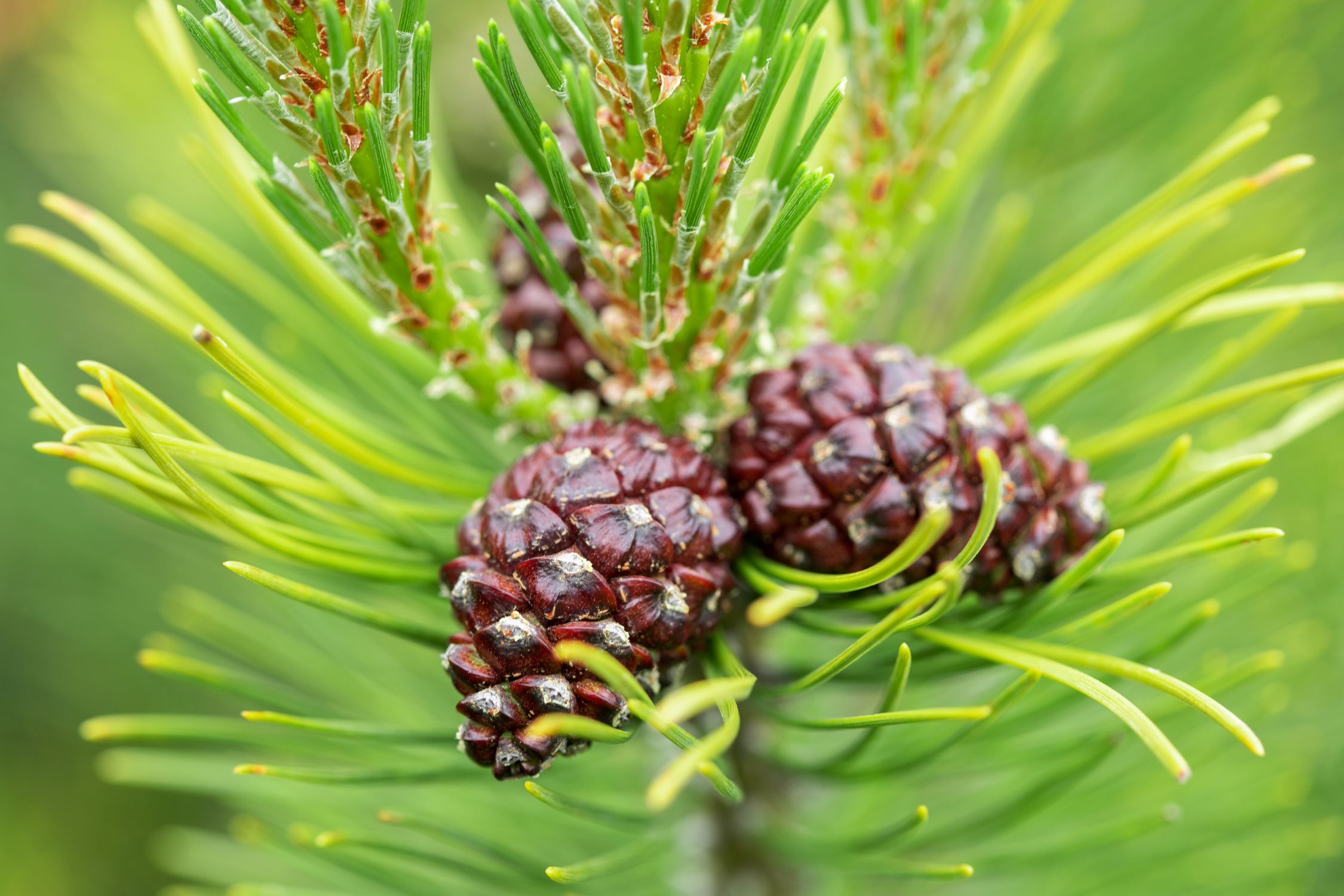

Garden Essentials
How Do Angiosperms And Conifers Make Seeds?
Modified: March 16, 2024
Discover the secrets of conifers in your garden. Explore how they use unique structures to produce seeds and uncover the wonders of these non-flowering plants.
(Many of the links in this article redirect to a specific reviewed product. Your purchase of these products through affiliate links helps to generate commission for Storables.com, at no extra cost. Learn more)
Introduction:
Gardens are not only beautiful, but they also serve as sanctuaries of nature, offering a space where we can connect with the natural world. A key component of any garden is the plants that inhabit it, and among the vast array of plant species, angiosperms and conifers stand out as two distinct groups. While angiosperms produce flowers that eventually develop into seeds, conifers have a different method of seed production.
In this article, we will delve into the fascinating world of plants and explore the strategies that angiosperms and conifers employ to create seeds. By understanding the unique mechanisms of each group, we can gain a deeper appreciation for the remarkable diversity of the plant kingdom.
Key Takeaways:
- Angiosperms make seeds through flowers and fruits, attracting pollinators for reproduction and dispersal. Conifers use cones and wind for seed production, adapting to harsh environments for survival and propagation.
- Angiosperms rely on colorful flowers and diverse pollination methods, while conifers use cones and wind for seed production, showcasing the amazing diversity and adaptability of the plant kingdom.
Angiosperms: Flowers that Make Seeds
Angiosperms, also known as flowering plants, are the most diverse group of plants on Earth. They can be found in almost every corner of the globe, from lush rainforests to arid deserts. One of the defining characteristics of angiosperms is their ability to produce flowers, which are not only visually stunning but also play a crucial role in seed production.
Flowers serve as the reproductive organs of angiosperms, harboring both male and female reproductive structures. The male reproductive organ, known as the stamen, consists of a filament topped with a pollen-producing anther. The female reproductive organ, called the pistil, consists of the stigma, style, and ovary.
When a flower is pollinated, either by wind, insects, or other animals, pollen grains land on the stigma. From there, a pollen tube grows down the style and reaches the ovary. Inside the ovary, the fertilization process takes place, resulting in the formation of seeds. These seeds are typically enclosed within a fruit, which aids in their dispersal.
This remarkable process is not only essential for the reproduction of angiosperms but also plays a vital role in the overall ecosystem. Flowers attract pollinators, such as bees, butterflies, and birds, with their vibrant colors and irresistible fragrances. As pollinators move from flower to flower, they unknowingly transfer pollen, facilitating cross-pollination and ensuring genetic diversity within plant populations.
Conifers: Seed Production Mechanism
Unlike angiosperms, conifers belong to a different group of plants known as gymnosperms. Gymnosperms, which include conifers like pine, spruce, and fir trees, have a unique method of seed production. Instead of flowers, conifers produce cones, which serve as the reproductive structures.
Conifer cones are made up of overlapping scales, each containing either male or female reproductive structures. Male cones, also known as pollen cones, produce pollen grains that are carried by the wind to reach the female cones. Once the pollen grains have landed on the scales of the female cones, fertilization can occur.
Within the female cones, there are structures called ovules, which house the unfertilized eggs. The pollen grains that have traveled from the male cones to the female cones release sperm cells that fertilize the eggs, resulting in the development of seeds. Unlike in angiosperms, cones remain on the tree until the seeds are mature enough to be dispersed.
When the seeds are ready, the scales of the female cones open up, allowing the wind to carry the lightweight seeds away from the parent tree. The seeds often have wings or other adaptations that aid in their dispersal, ensuring they have the opportunity to find a new area to grow.
Conifers have evolved this unique seed production mechanism as a way to adapt to their environment. Their reliance on wind for pollination and seed dispersal allows them to thrive in environments where other plants may struggle, such as cold, mountainous regions.
While the process of seed production in conifers may be different from angiosperms, it is equally fascinating and serves as a testament to the incredible diversity and adaptability of plants.
Conifers use cones to make seeds. The female cones produce seeds, while the male cones produce pollen to fertilize the seeds.
Structures Used by Conifers to Produce Seeds
Conifers have specific structures that play a vital role in their seed production process. These structures are unique to this group of plants and contribute to their successful reproduction and survival.
The male cones, also called pollen cones, are one of the key structures involved in seed production in conifers. They are typically smaller and shorter-lived than female cones. Male cones produce pollen grains that contain the male reproductive cells. These tiny grains are light and easily carried by the wind to reach the female cones, which are often located on the same tree or nearby trees.
Female cones, also known as seed cones, are larger and more long-lasting than male cones. They contain the female reproductive structures that ultimately develop into seeds. Within the female cones, there are ovules, which are responsible for housing the unfertilized eggs. Each ovule has a protective outer layer known as the integument.
The fertilization process in conifers begins when pollen grains land on the scales of the female cones. The pollen grains produce pollen tubes that grow down through the scales and reach the ovules. The pollen tubes deliver sperm cells to the eggs, enabling fertilization to occur. Once fertilized, the ovules develop into seeds.
The scales of the female cones undergo various changes during the seed development process. They enlarge and harden as the seeds mature, providing protection to the developing seeds. When the seeds are fully mature, the scales open, allowing the seeds to be dispersed.
The seeds of conifers are equipped with adaptations for dispersal. Some seeds have wings or other structures that enable them to be carried by the wind over long distances. Others may have fleshy coverings that are attractive to birds or other animals, which then ingest the seeds and disperse them through their droppings.
These specialized structures in conifers ensure the successful production and dispersal of seeds, allowing for the continuation of the species and their ability to colonize new areas.
Comparison of Seed Production Mechanisms Between Angiosperms and Conifers
While both angiosperms and conifers have the common goal of producing seeds, they employ different mechanisms to achieve this. Let’s compare the seed production processes of these two groups:
Reproductive Structures: Angiosperms utilize flowers as their reproductive structures. Flowers contain both male and female reproductive organs, with the male organs producing pollen and the female organs housing the ovules. On the other hand, conifers rely on cones. Male cones produce pollen, while female cones contain ovules.
Pollination: Angiosperms have various methods of pollination. They can be pollinated by wind, insects, birds, or other animals. In contrast, conifers primarily rely on wind pollination. Their pollen grains are lightweight and are carried by the wind to reach the female cones.
Fertilization: In angiosperms, once a flower is pollinated, the pollen grain reaches the stigma and forms a pollen tube that allows the sperm to travel to the ovary and fertilize the eggs. In conifers, the pollen grain also needs to reach the female cones, but fertilization occurs within the ovules housed within the cones.
Development of Seeds: Angiosperms produce fruits, which develop from the ovary after fertilization. The seeds are enclosed within the fruit, aiding in their dispersal. In conifers, seeds are formed within the female cones. As the seeds mature, the scales of the cones open to allow for dispersal.
Seed Dispersal: Angiosperms have evolved various mechanisms for seed dispersal, such as being carried by wind, water, or animals, or through explosive mechanisms. Conifer seeds, primarily dispersed by wind, often possess adaptations like wings or other structures that aid in their dispersal over longer distances.
Environmental Adaptability: The seed production mechanisms of angiosperms and conifers reflect their adaptability to different environments. Angiosperms have evolved diverse pollination and seed dispersal strategies, allowing them to thrive in a wide range of habitats. Conifers, with their reliance on wind pollination and seed dispersal, have adapted to harsher environments, such as cold climates and higher elevations.
Despite these differences, both angiosperms and conifers have evolved effective strategies for seed production, ensuring the continuation and survival of their respective species. The contrasting mechanisms highlight the remarkable diversity and adaptability found within the plant kingdom.
Read more: How Do They Make Grass Seed
Conclusion:
The world of plants never ceases to amaze us with its incredible diversity and innovative strategies for survival and reproduction. Angiosperms and conifers, two distinct groups of plants, have developed unique mechanisms for seed production, allowing them to successfully propagate and adapt to their environments.
Angiosperms, with their stunning flowers and a multitude of pollination methods, captivate our senses and rely on the cooperation of animals and insects to transfer pollen and facilitate fertilization. The formation of fruits as a means of seed dispersal showcases their dynamic symbiotic relationship with animals, ensuring the wide distribution of their seeds to different habitats.
Conifers, on the other hand, have adopted an elegant simplicity in their seed production process. Through the production of cones and wind pollination, they have fine-tuned their methods for survival in diverse environments, such as cold and mountainous regions. Their reliance on wind dispersal, aided by lightweight seeds with unique adaptations, allows them to colonize and spread their progeny far and wide.
Both angiosperms and conifers have evolved intricate structures and mechanisms to overcome the challenges of reproduction in diverse habitats. Their contrasting approaches highlight the versatility and adaptability found in the plant kingdom, ensuring the continued propagation and survival of their species.
As garden enthusiasts, it is a privilege to witness and appreciate the intricate processes that plants employ in their quest for survival. Next time you stroll through a garden or forest, take a moment to marvel at the beauty and complexity of flowers and cones. It is through these seed production mechanisms that the natural world thrives, ensuring the cycle of life continues for generations to come.
Frequently Asked Questions about How Do Angiosperms And Conifers Make Seeds?
Was this page helpful?
At Storables.com, we guarantee accurate and reliable information. Our content, validated by Expert Board Contributors, is crafted following stringent Editorial Policies. We're committed to providing you with well-researched, expert-backed insights for all your informational needs.
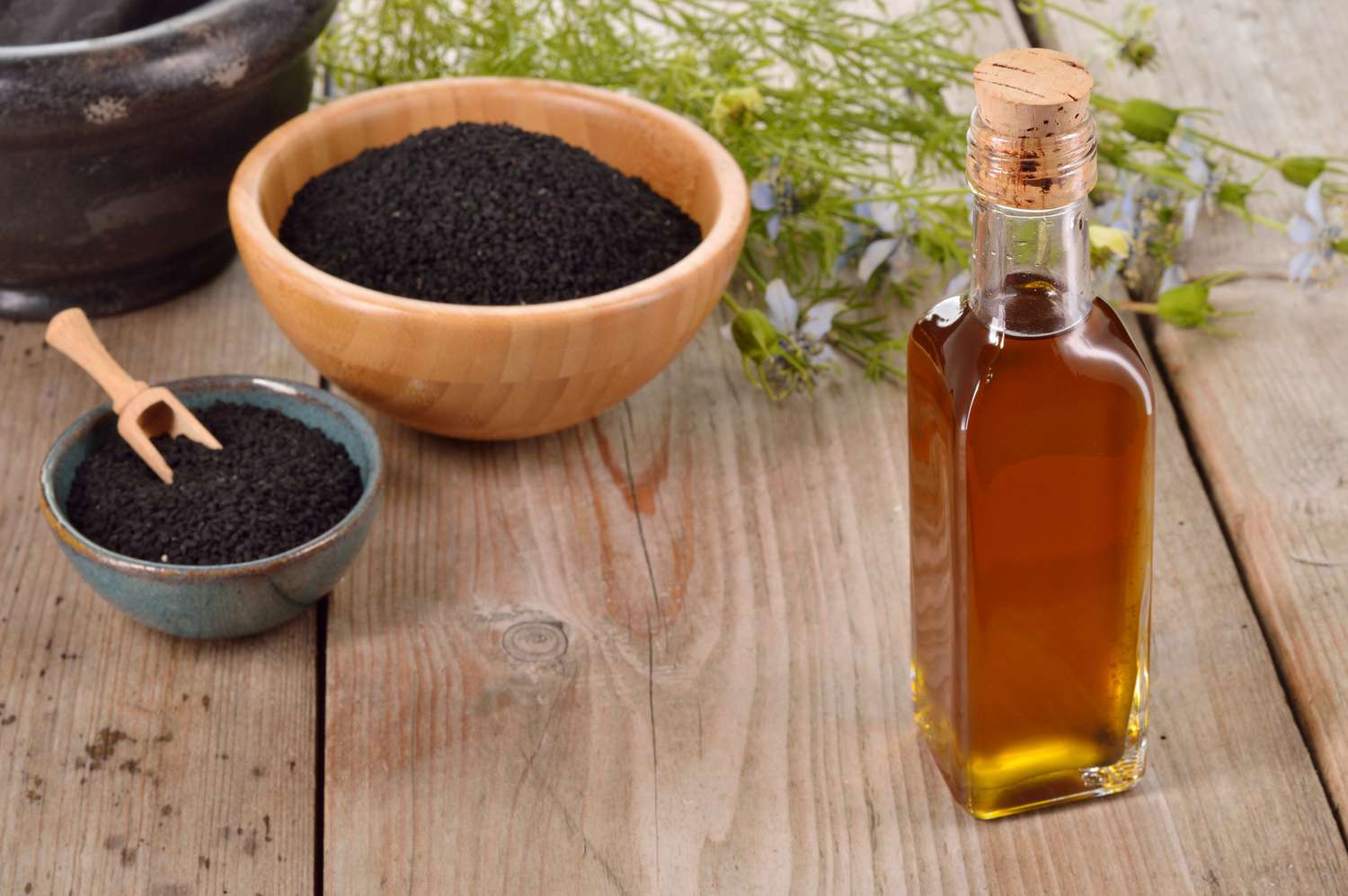
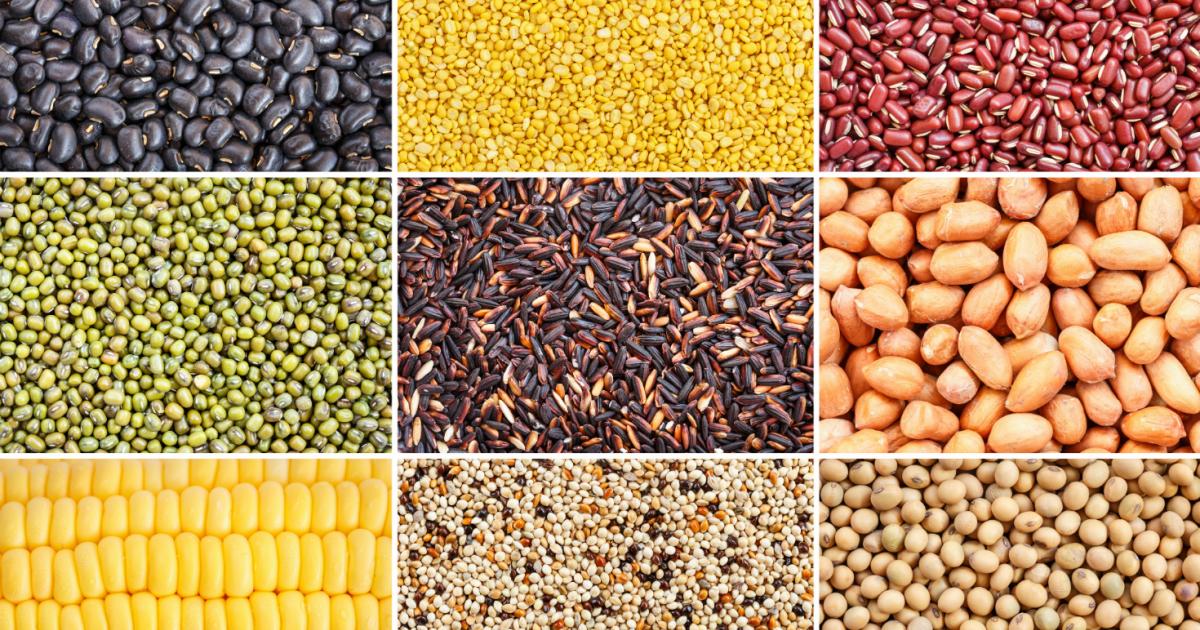
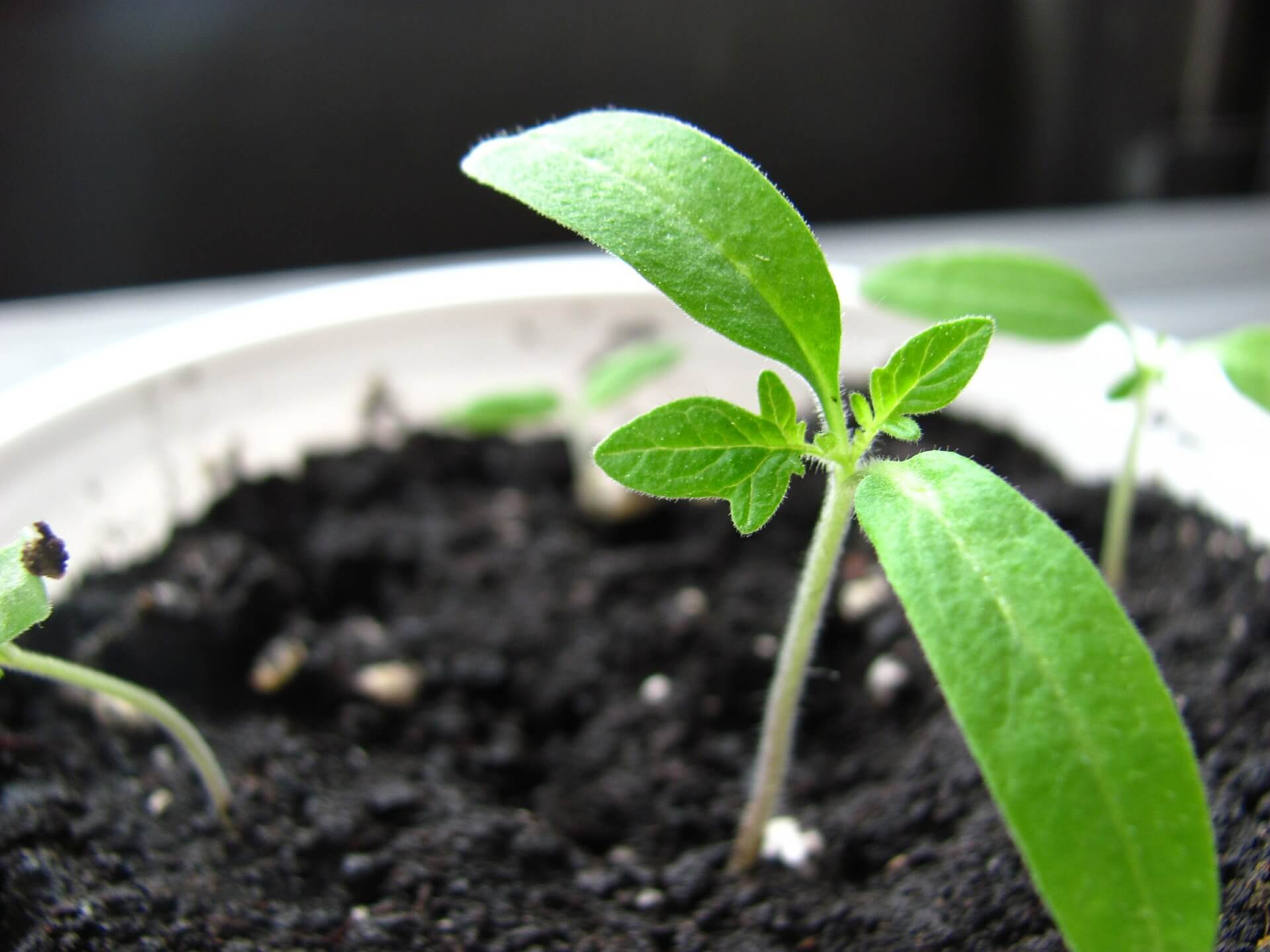
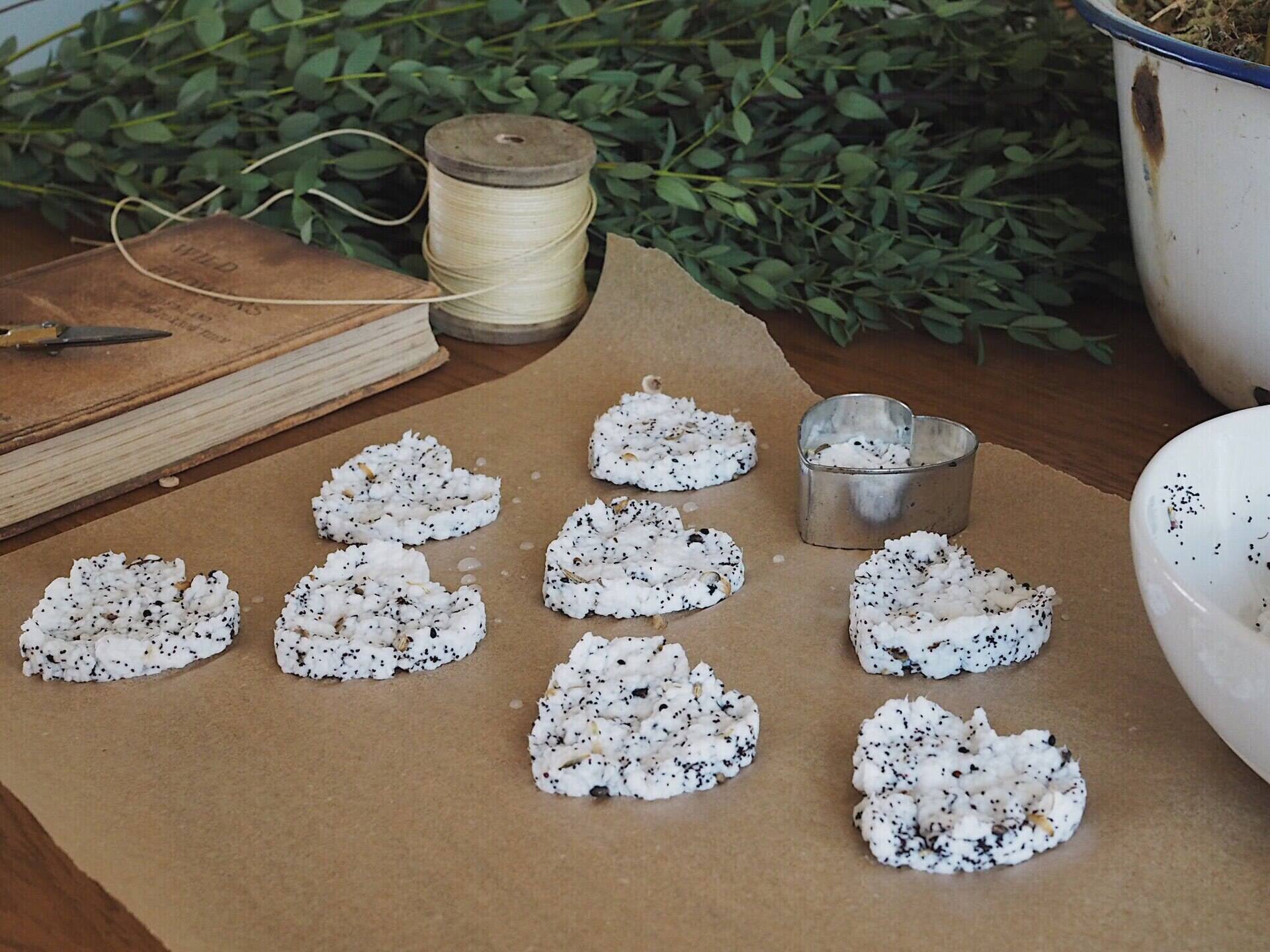
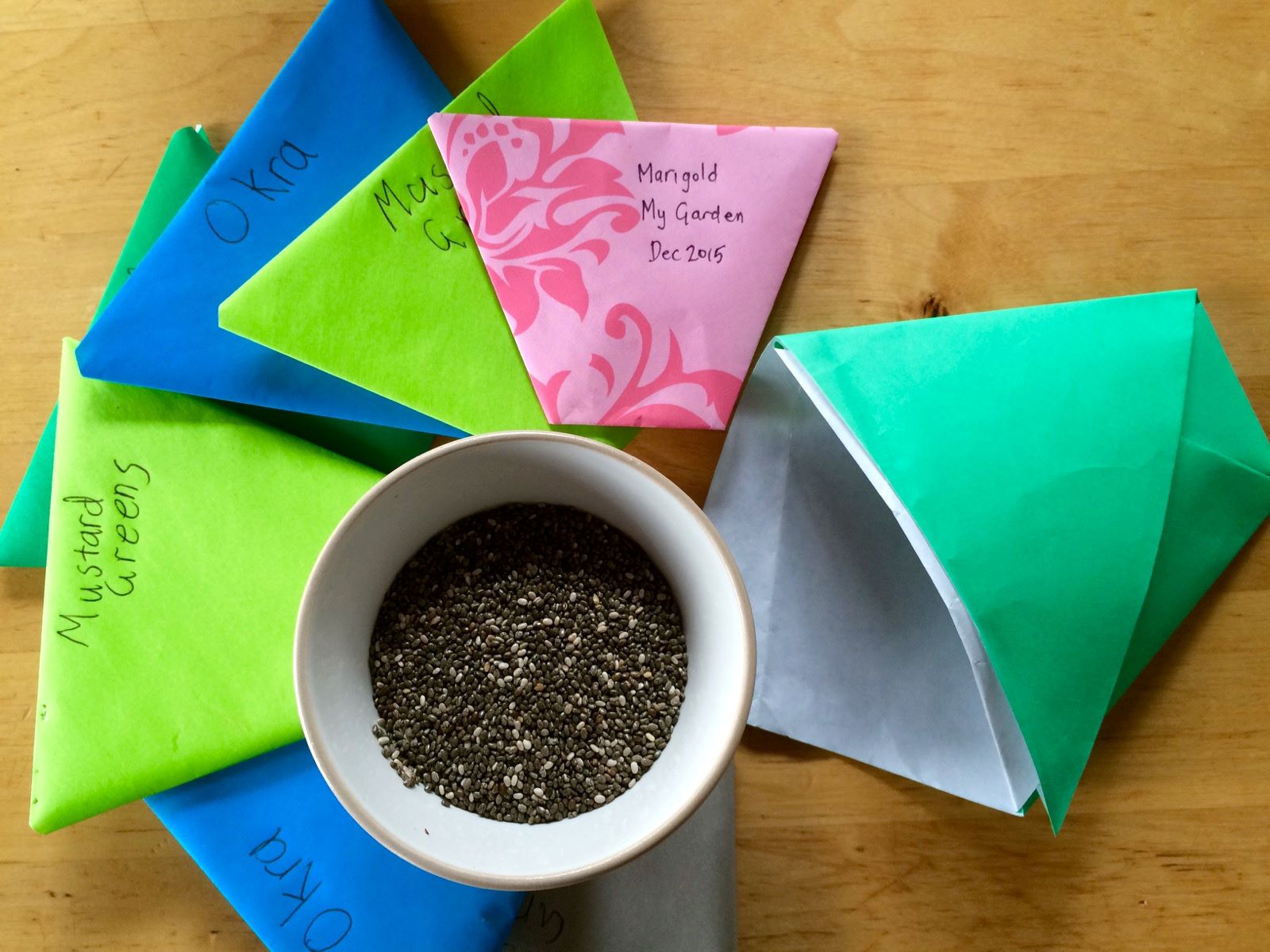
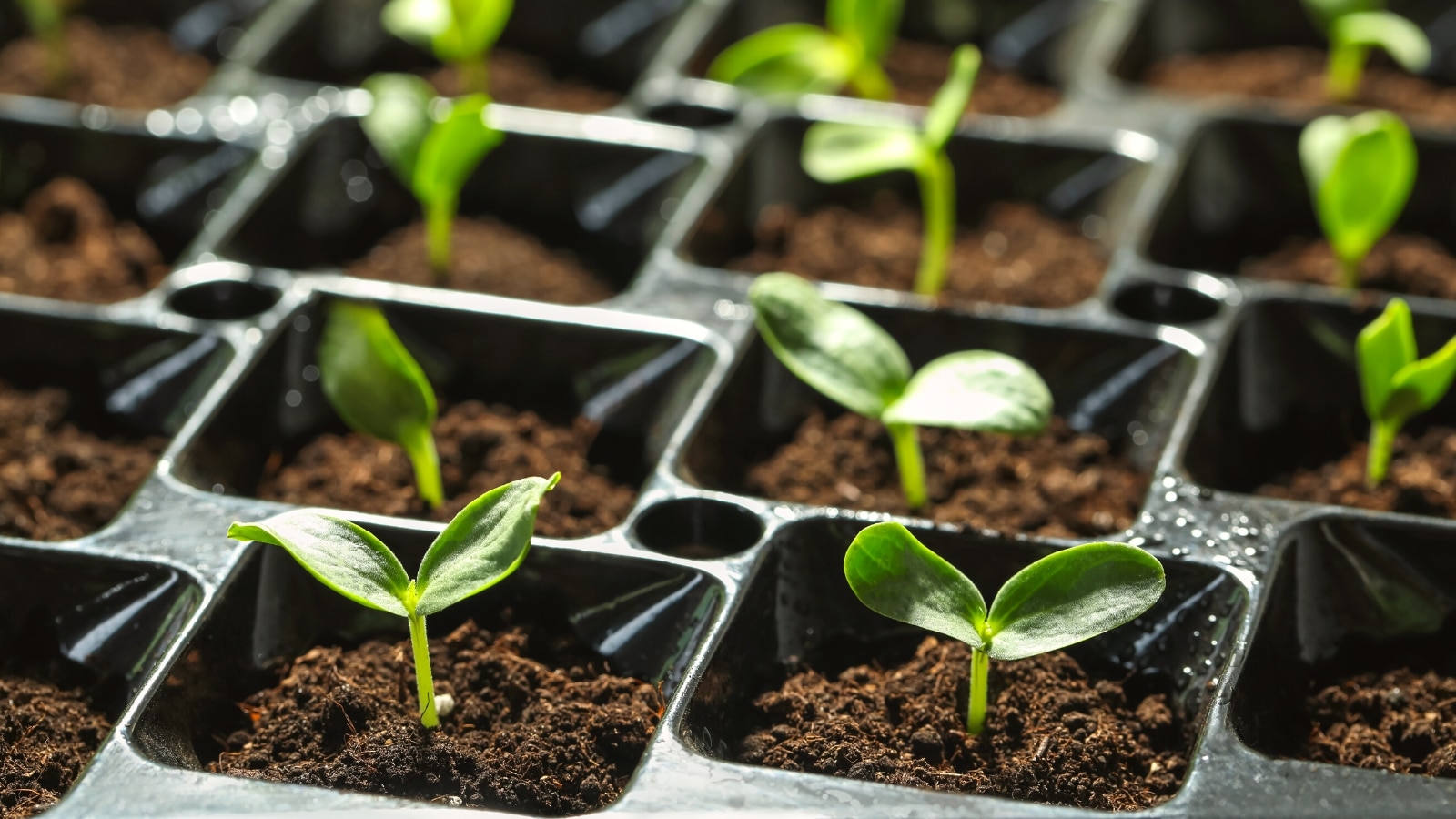
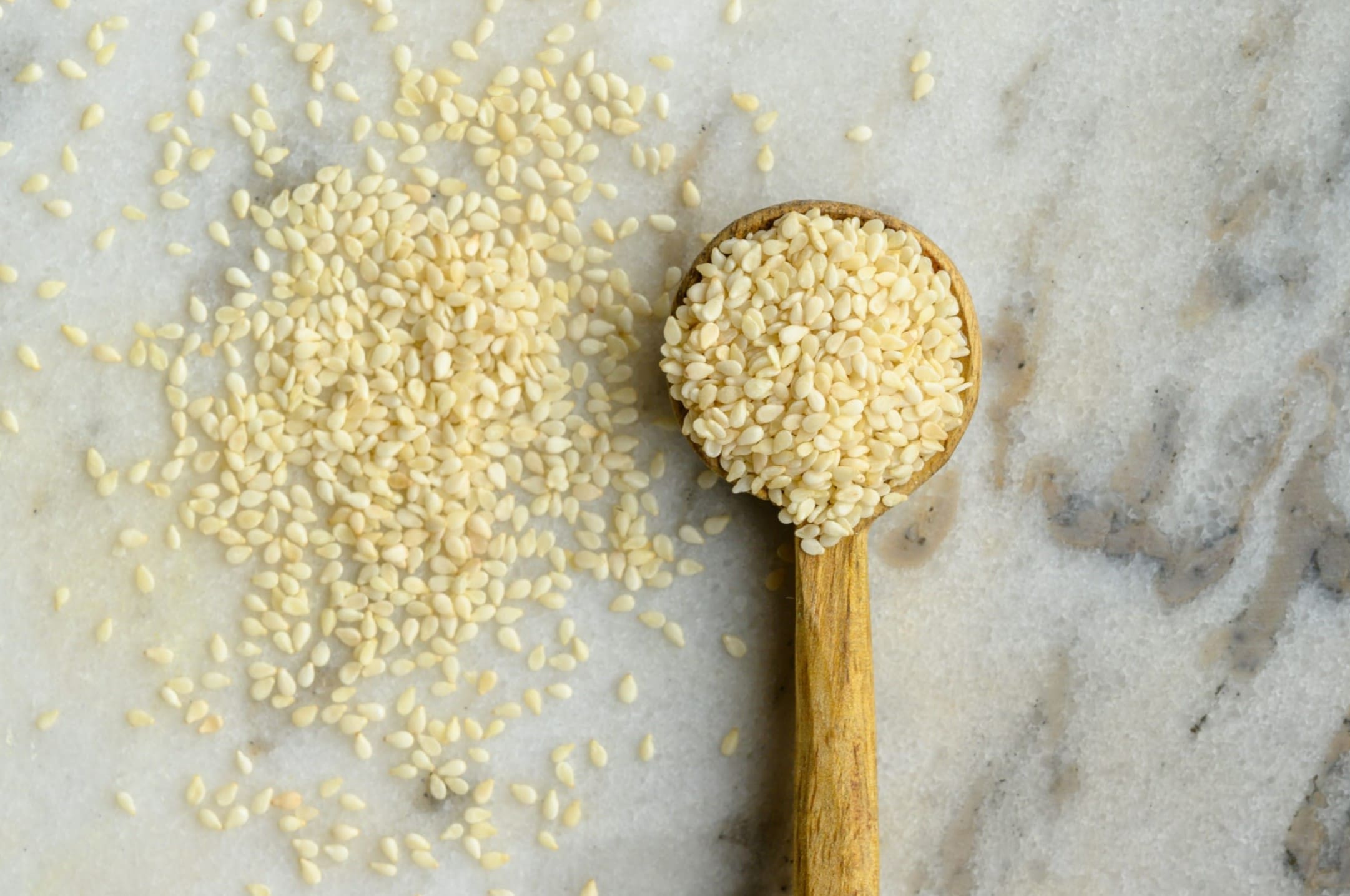
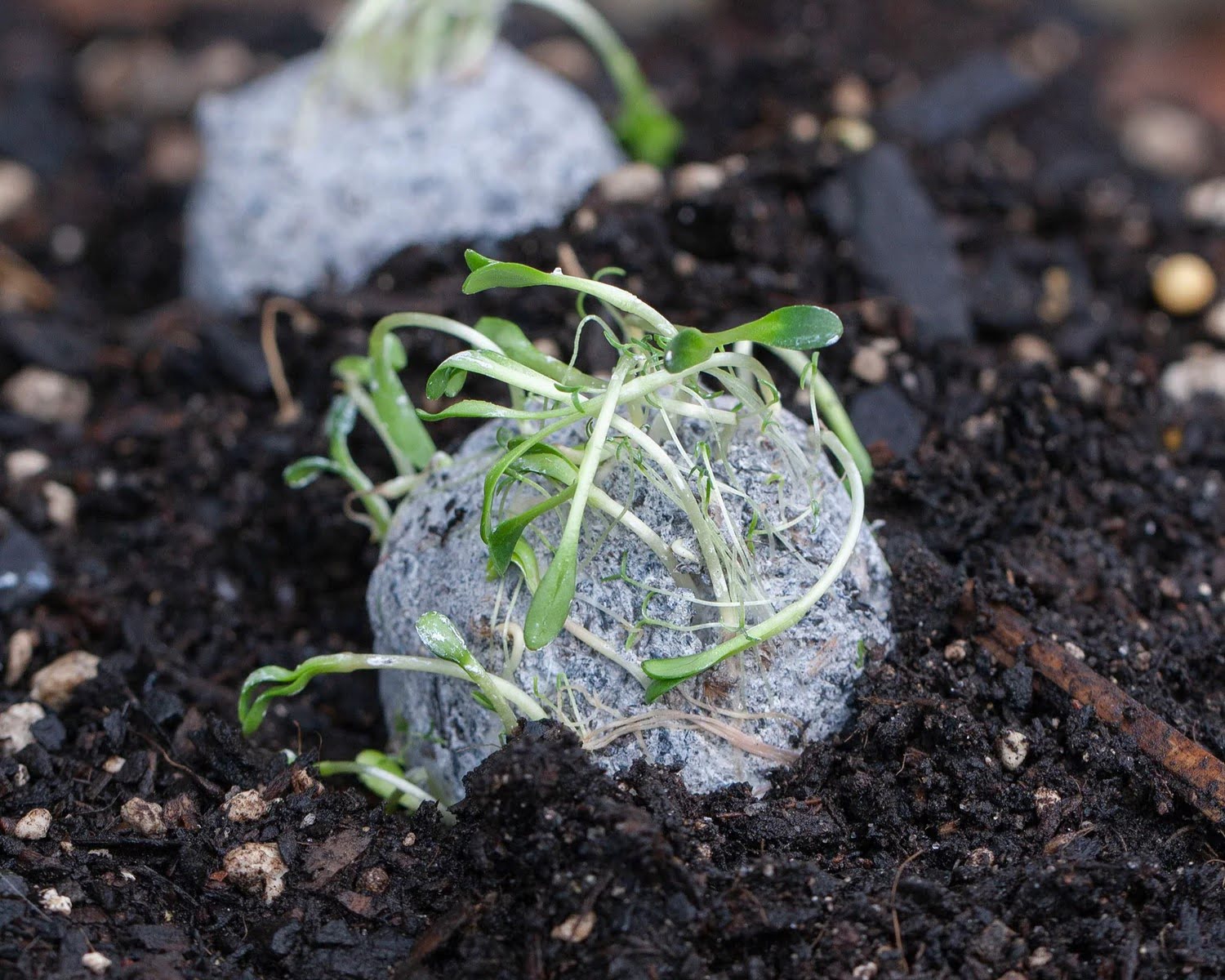
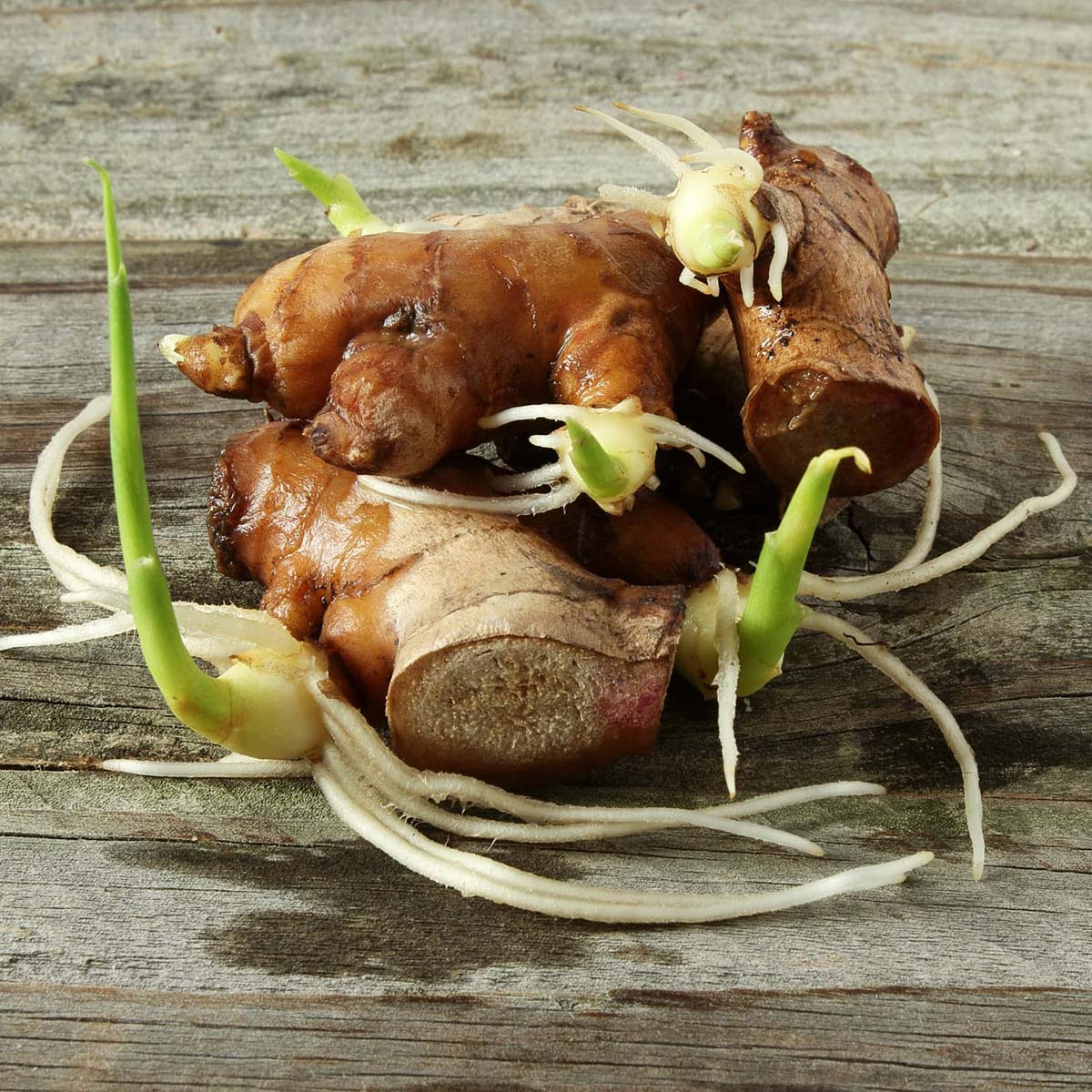
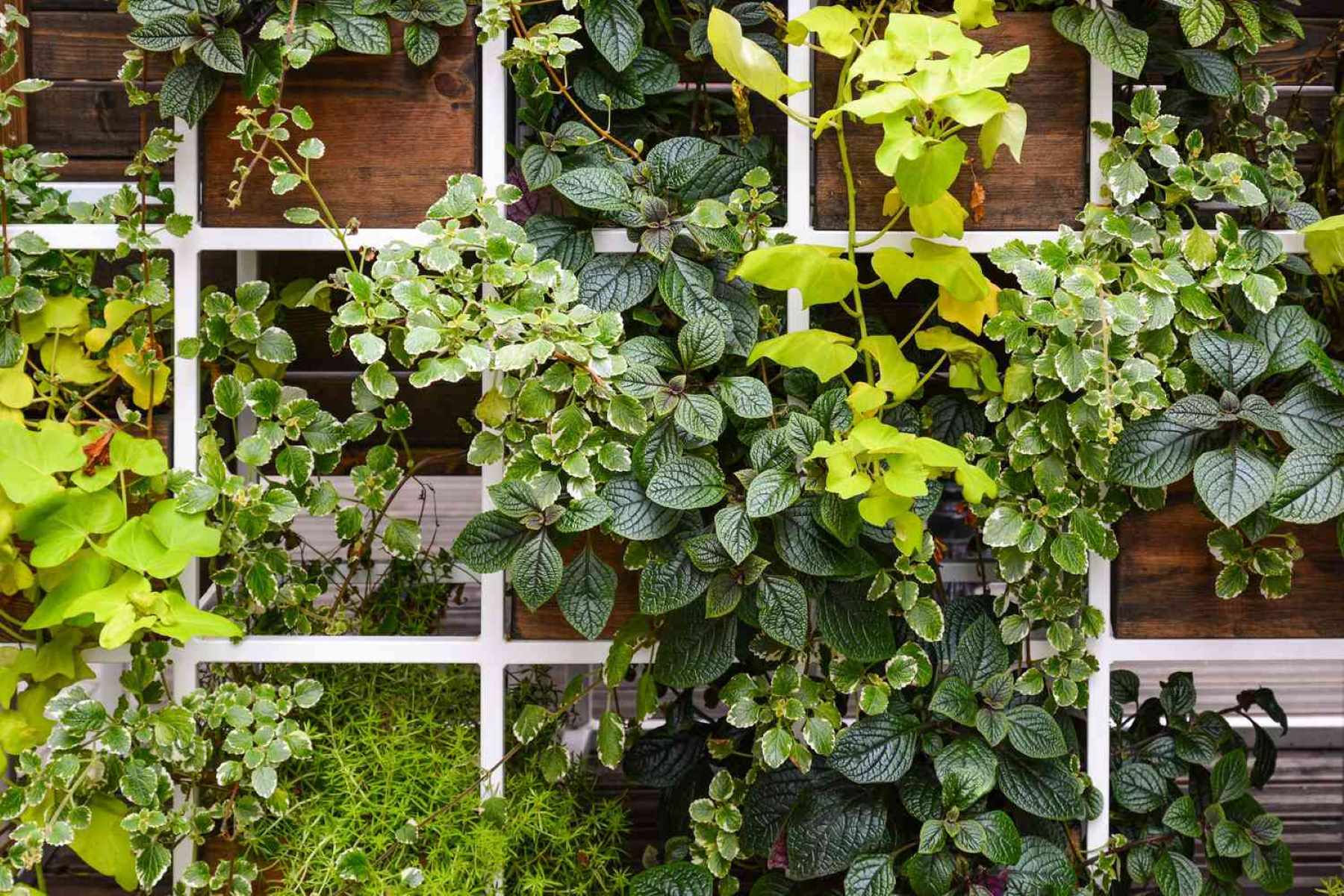
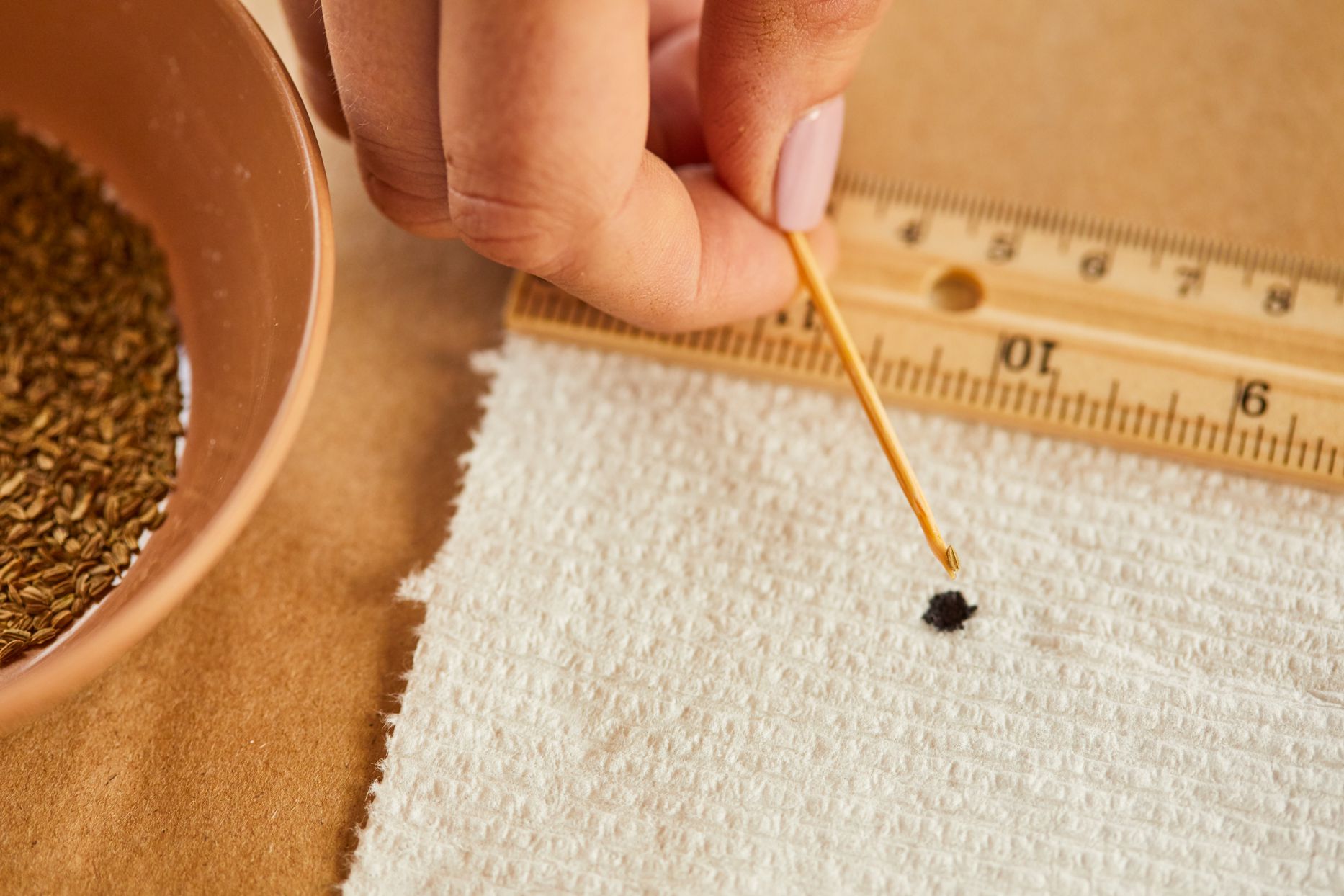
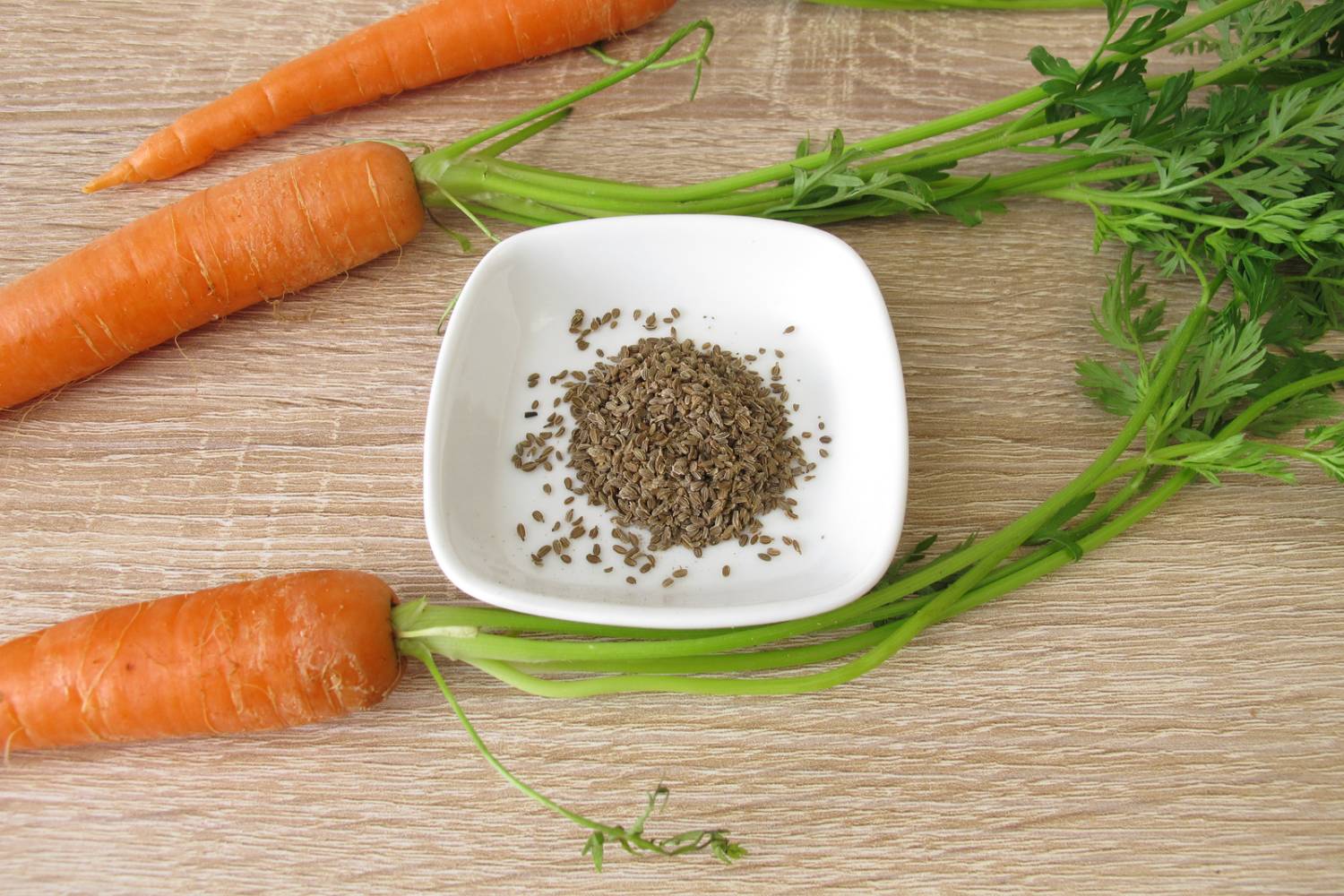
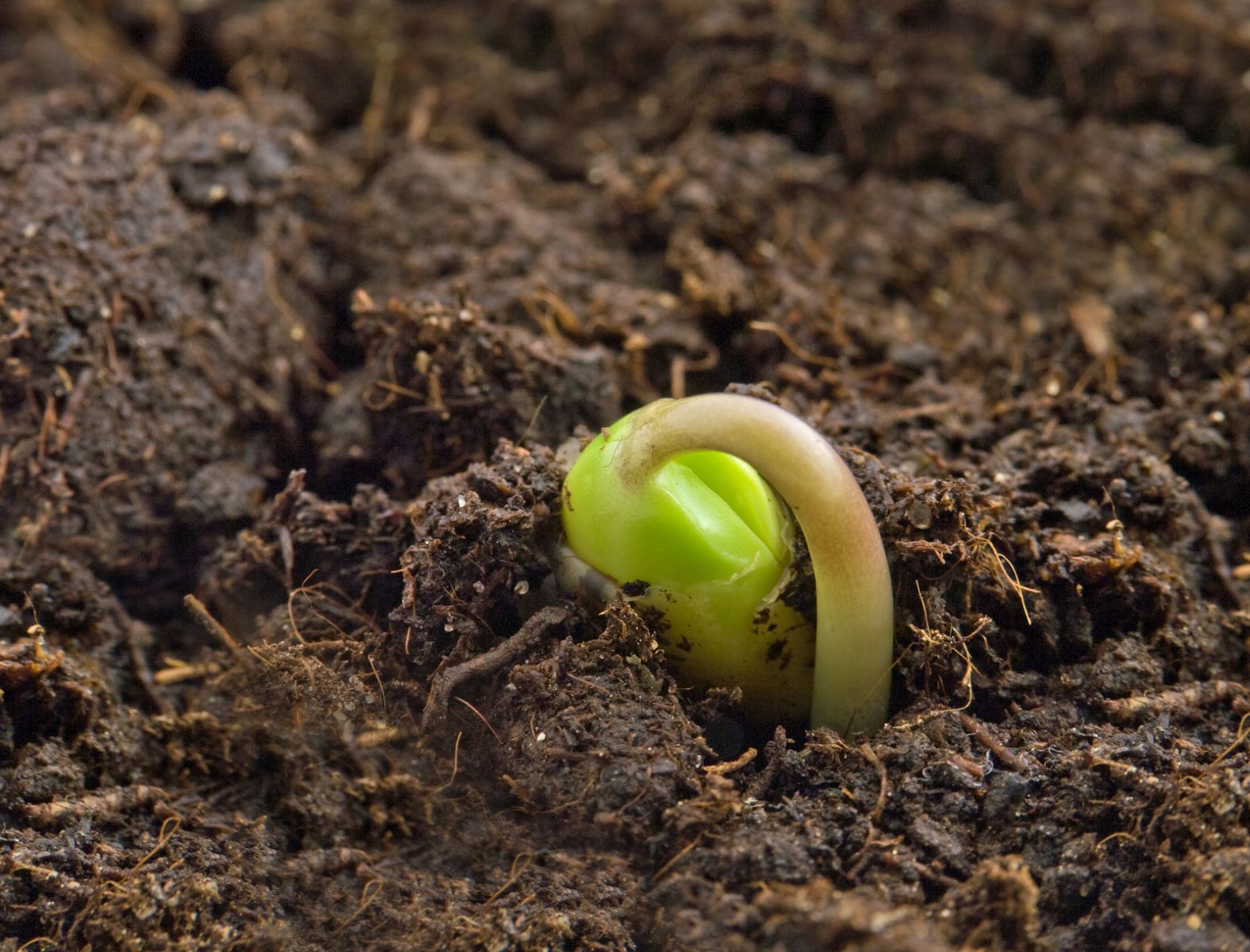
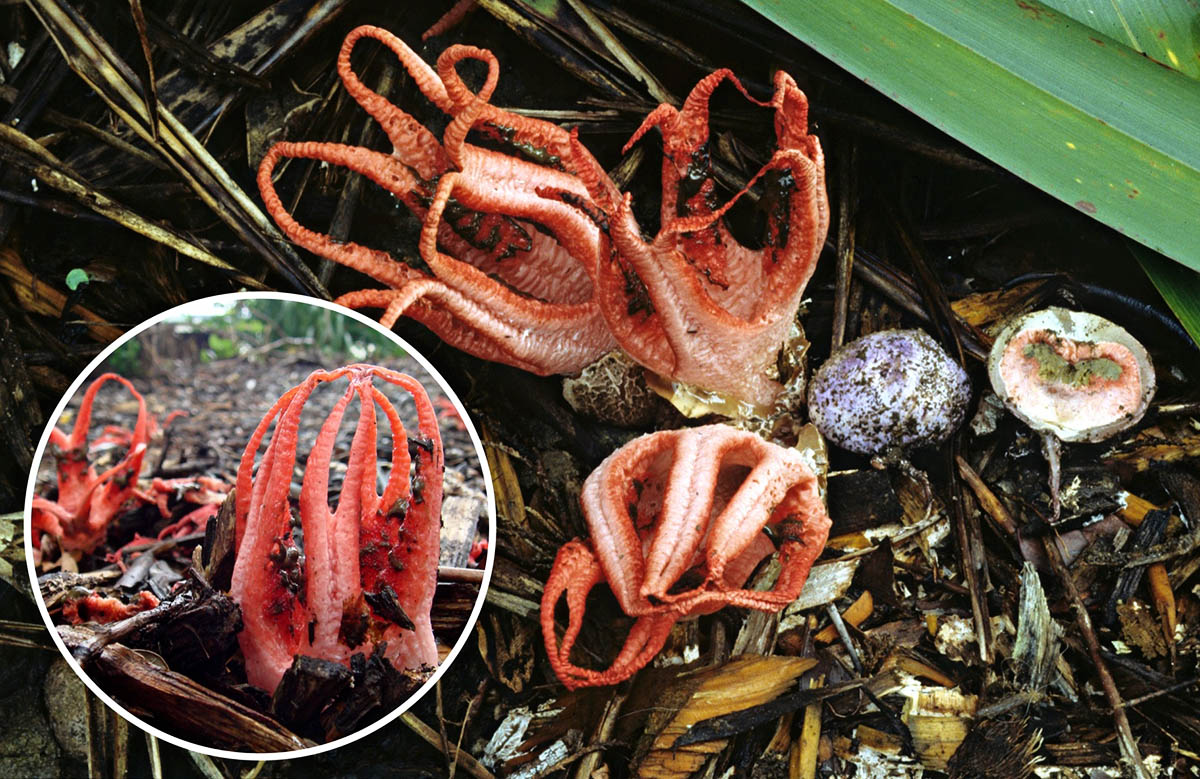

0 thoughts on “How Do Angiosperms And Conifers Make Seeds?”